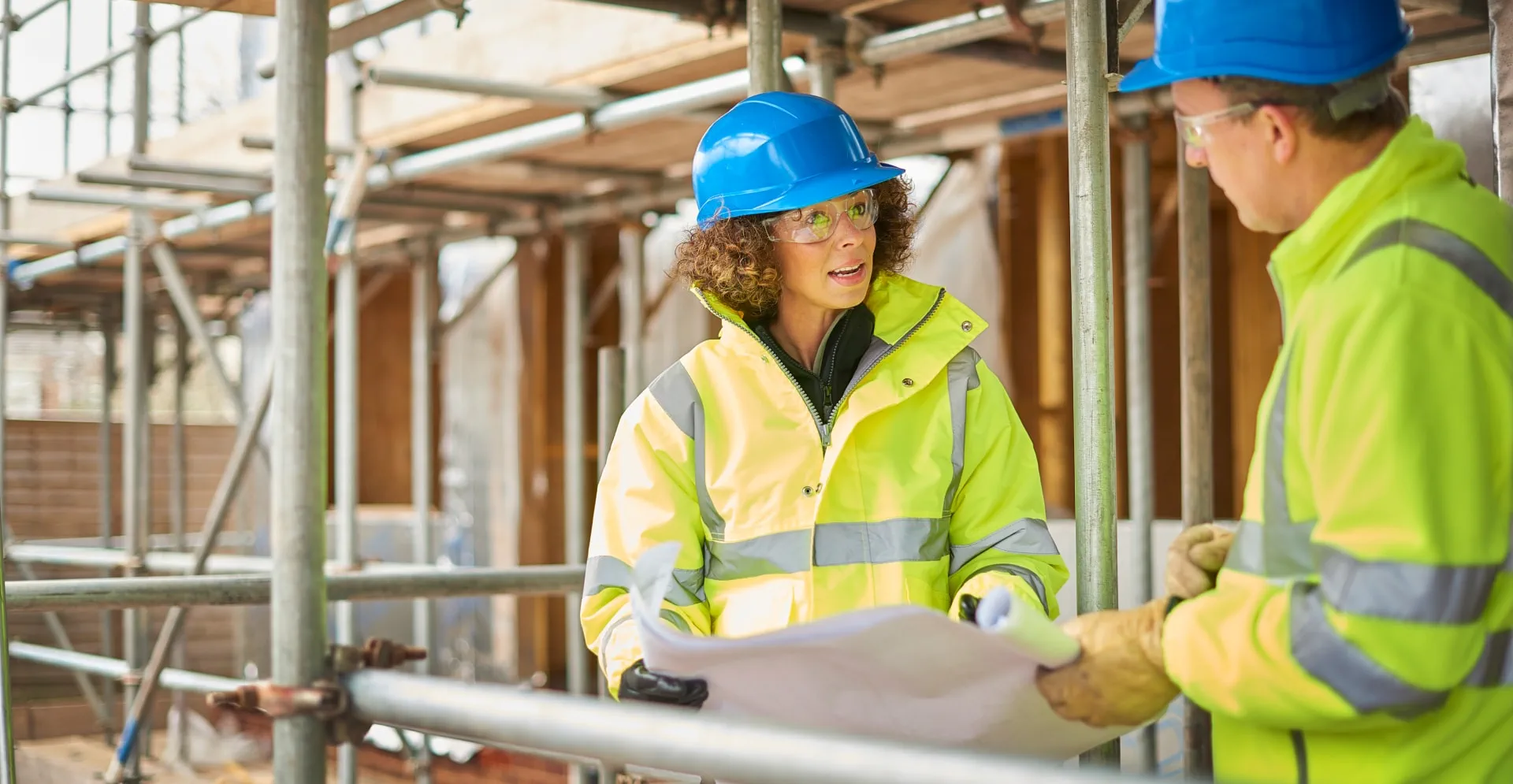Austin’s rapid growth has placed it in the spotlight as one of America’s fastest-expanding cities, but what sets it apart is its commitment to building responsibly. The Austin construction industry has embraced sustainability not as a trend, but as a core principle guiding how the city grows. Through innovative design, energy efficiency, and community-focused planning, Austin construction is proving that development and environmental stewardship can go hand in hand.
Integrating Green Building Practices
Energy-Efficient Design
Austin construction projects increasingly prioritize energy performance. From high-efficiency HVAC systems to advanced insulation and low-emissivity windows, builders are reducing energy consumption while enhancing comfort for residents.
Renewable Energy Integration
Solar panels, wind energy, and energy storage systems are now common in both residential and commercial developments. Austin construction companies are working with utility providers to ensure these systems are cost-effective and reliable.
Sustainable Materials and Waste Reduction
Recycled and Locally Sourced Materials
By using reclaimed wood, recycled metal, and locally produced building supplies, Austin construction firms minimize transportation emissions and reduce landfill waste.
Modular and Prefabricated Methods
Prefabrication allows Austin construction companies to assemble components off-site with precision, reducing waste and speeding up build times.
Water Conservation Efforts
Rainwater Harvesting
Many Austin construction projects now feature systems for collecting and reusing rainwater for irrigation and non-potable uses, easing the demand on municipal water supplies.
Low-Flow Fixtures and Efficient Landscaping
Installing low-flow faucets, showerheads, and native plant landscaping reduces water usage without compromising quality of life.
Community-Centered Development
Mixed-Use and Transit-Oriented Projects
Austin construction is delivering communities where people can live, work, and shop without relying heavily on cars. This reduces emissions and fosters walkable, connected neighborhoods.
Affordable and Inclusive Housing
Sustainable development also means ensuring housing is accessible. Austin construction companies are working with public and nonprofit partners to create affordable housing that incorporates green features.
Leveraging Technology for Sustainability
Building Information Modeling (BIM)
BIM allows Austin construction teams to design with precision, reducing material waste and optimizing energy performance from the start.
Smart Building Systems
Automated lighting, climate control, and energy monitoring systems are being integrated into Austin construction projects, lowering operational costs and environmental impact.
Meeting and Exceeding Standards
LEED and Other Certifications
Many Austin construction projects pursue Leadership in Energy and Environmental Design (LEED) or similar certifications, signaling their commitment to high environmental performance standards.
City Sustainability Goals
Austin’s climate action plan sets ambitious targets for carbon reduction. Austin construction companies are helping achieve these goals through green building strategies and innovative design.
Economic Benefits of Sustainable Development
Long-Term Cost Savings
Energy-efficient buildings may cost more initially but offer significant savings over time in utility and maintenance expenses, making them a smart investment.
Attracting Residents and Businesses
Sustainable developments are increasingly attractive to environmentally conscious residents and companies, enhancing Austin’s reputation as a forward-thinking city.
Conclusion
Austin construction is setting a national example for sustainable development by combining environmental responsibility with economic growth. Through green building practices, renewable energy integration, water conservation, and community-focused planning, the industry is proving that a city can grow rapidly without sacrificing its environmental future. As Austin continues to expand, its construction sector will remain a model for how to build smarter, cleaner, and more sustainably.
